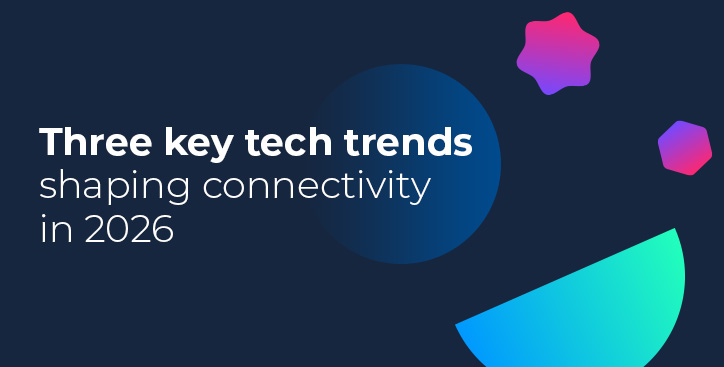While cloud king Amazon Web Services (AWS) has maintained a strong lead on the rest of the pack for several years, recent months have seen market rivals forming alliances in a bid to unseat the reigning monarch.
In early June, Microsoft and Oracle announced a partnership to ease interoperability across their respective cloud services, enabling customers to migrate and run the same enterprise workloads across both Microsoft Azure and Oracle Cloud.
The collaboration would allow customers to connect Azure services, such as Analytics and AI, to Oracle Cloud services, including Autonomous Database. This will be achieved via high-speed dedicated links between their data centers, essentially allowing organizations to run one part of a workload within Azure and another part of the same workload within Oracle Cloud.
The dynamics of the cloud landscape are changing
While Azure has a service stack ranging from infrastructure to platform to applications, Oracle’s main strength is in Database-as-a-Service – also one of AWS’s key offerings. According to a 2019 breakdown of market share by provider, this could challenge AWS’s leadership on all counts.
The RightScale 2019 State of the Cloud Report from Flexera (RightScale was recently acquired by Flexera) puts AWS’s market share at 61 percent, followed by Azure at 52 percent. But with Oracle at 11 percent, the competition at the top is getting heated. Google is seen as a distant third placed player with 19 percent market share but also changed the stakes recently with the announcement that Google’s Anthos platform for managing hybrid clouds, (formerly the Google Cloud Services Platform) will run on third-party clouds including AWS and Azure.
Speaking on the Microsoft and Oracle partnership, Scott Guthrie, executive vice-president of Microsoft’s cloud and AI division, said the move would have good traction among large enterprises that rely on software from both companies. “As the cloud of choice for the enterprise, with over 95 percent of the Fortune 500 using Azure, we have always been, first and foremost, focused on helping our customers thrive on their digital transformation journeys,” he said.
Don Johnson, executive vice-president, Oracle Cloud Infrastructure (OCI), said that customers of both providers would benefit from being able to migrate their entire set of existing applications to the cloud without having to re-architect anything, “preserving the large investments they have already made.”
The RightScale study seems to back this up, showing a clear erosion of AWS’s lead among large enterprises. Between 2018 and 2019, AWS adoption by the surveyed group slipped from 68 percent to 67 percent, while Azure grew from 58 percent to 60 percent. Oracle, however, saw a boost from 10 percent to 16 percent.
Cloud collaboration driving interconnect needs
As the dynamics in the cloud provider market to keep changing, there will be a greater demand for interconnection between the cloud-providers’ data centers.
Oracle and Microsoft have built a dedicated, high-throughput, low-latency, private network connection between data centers hosting Azure and Oracle Cloud in the Ashburn, Virginia region known as “Data Center Alley”. The two companies will create more links in other regions over time. Customers can use the connection to securely transfer data at a high enough rate for offline handoffs and to support the performance required for primary applications that span the two clouds. Customers can access the connection by using either Oracle FastConnect or Microsoft ExpressRoute.
This final point is where things are getting interesting. Microsoft and Oracle will also work together to let joint users log into to services from either company from their portal of choice. Great advances in Network-to-Network Interconnect (NNI) have been made by standards bodies such as the MEF (originally the Metro Ethernet Forum) in getting networks operated by different providers to not just talk to each other, but to allow the provisioning of connections across networks quickly and easily. Going forward, this will be one of the most disruptive developments in connectivity.
Find out more about dedicated connectivity to different cloud providers in our ebook: Console Connect Use Cases.





.jpg)





.jpg)